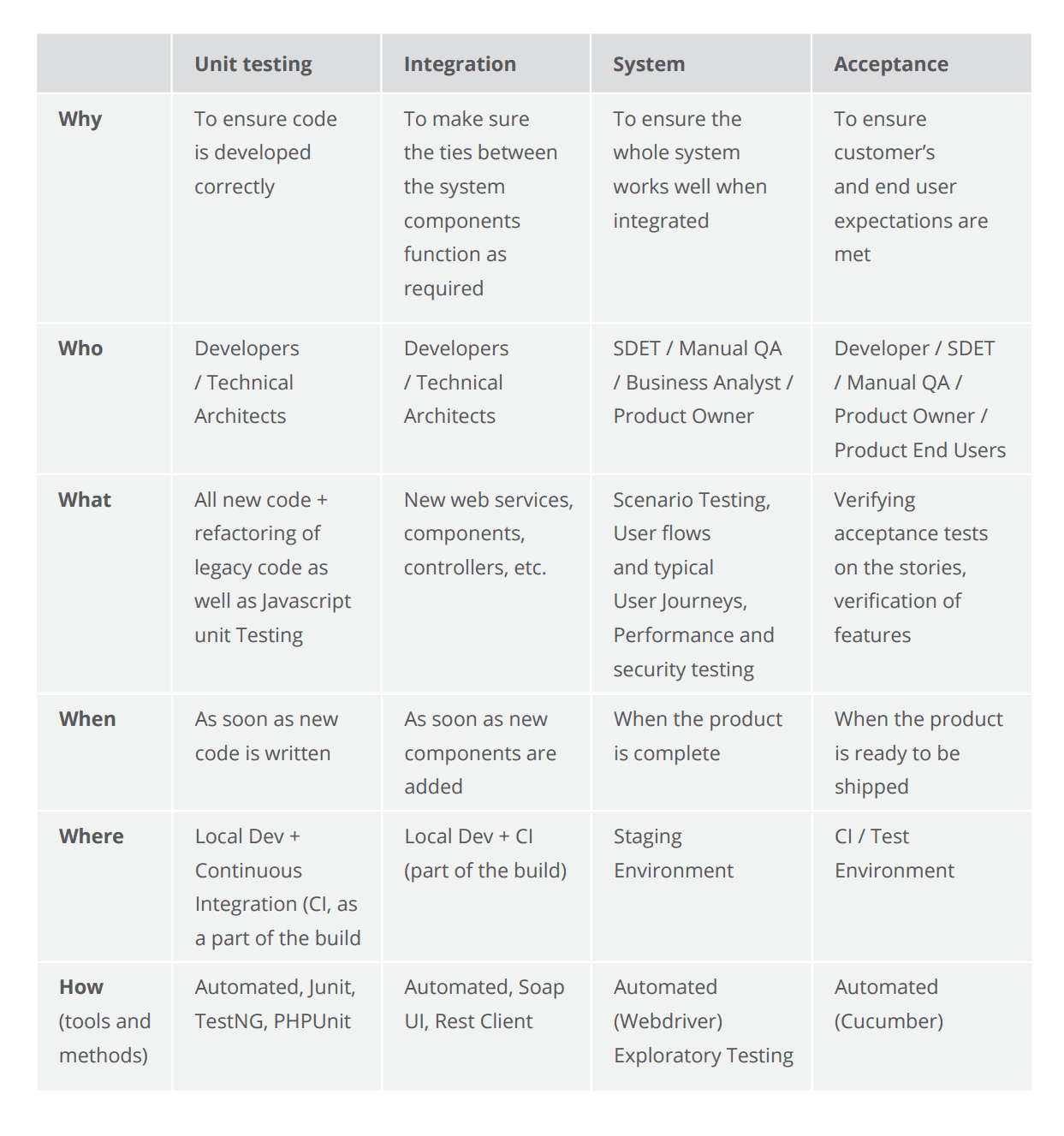
Software Engineering A PRACTITIONER'S APPROACH www. Class Level 644 23.6 Interclass Test Case Design 645 23.6.1 Multiple Class Testing 645 23.6.2. The answer to that question will help us continue the extraordinary level of. [DEJ98] De Jager, P. Et al., Countdown Y2K: Business Survival Planning for the. About software systems, software development process and computer fundamentals would be beneficial. SOFTWARE DEVELOPMENT PARADIGM. A document with pre-defined set of objective questions and respective options is handed over to all stakeholders to answer, which are collected and compiled.
885 Views SOFTWARE ENGINEERING Multiple Choice Questions:- 1.Identify, from among the following, the correct statement. (a) One of the main challenges Software Engineering facing today is the requirement of most software systems to work with a multitude of homogenous systems (b) ‘Legacy systems’ are custom developed software systems for the legal domain (c) Software does not wear-out in the traditional sense of the term, but software does tend to deteriorate as it evolves (d) Since software is essentially ‘intangible’ it is relatively easy to manage software projects (e) With the advent of component based software assembly, we find that only less than 20% of today’s software is still custom built. 2.Software Engineering: (a) Is a set of rules about developing software products (b) Has been around as a discipline since the early 50’s (c) Started as a response to the so-called ‘Software Crisis’ of the late 90’s (d) Is an engineering discipline concerned with all the aspects of software production (e) Is now a mature discipline on par with other established engineering fields. 3. Read the following paragraph and identify the correct statement.
Savage serial number dates. “Imagine that you were recently hired as a software engineer to a company that specializes in aircraft navigation control software. While orientating yourselves to the company’s work practices, you observe that they in fact do not conduct a few tests that they should in order to comply with the relevant safety standard.
In the context of software engineering, software quality measures how well software is designed ( quality of design), and how well the software conforms to that design ( quality of conformance), although there are several different definitions. It is often described as the 'fitness for purpose' of a piece of software. Whereas quality of conformance is concerned with implementation (see Software Quality Assurance), quality of design measures how valid the design and requirements are in creating a worthwhile product. Contents • • • • • • • • • • • • • • • • • • • • • • • • • • • • • • • • Definition [ ] One of the challenges of software quality is that 'everyone feels they understand it'.
Software quality may be defined as conformance to explicitly stated functional and performance requirements, explicitly documented development standards and implicit characteristics that are expected of all professionally developed software. The three key points in this definition: • Software requirements are the foundations from which quality is measured.
Lack of conformance to requirement is lack of quality. • Specified standards define a set of development criteria that guide the manager is software engineering. If criteria are not followed lack of quality will usually result. • A set of implicit requirements often goes unmentioned, for example ease of use, maintainability etc. If software confirms to its explicit requirement but fails to meet implicit requirements, software quality is suspected.

A definition in Steve McConnell's Code Complete divides software into two pieces: internal and external quality characteristics. External quality characteristics are those parts of a product that face its users, where internal quality characteristics are those that do not. Another definition by Dr. Tom DeMarco says 'a product's quality is a function of how much it changes the world for the better.' This can be interpreted as meaning that user satisfaction is more important than anything in determining software quality.
Another definition, coined by Gerald Weinberg in Quality Software Management: Systems Thinking, is 'Quality is value to some person.' This definition stresses that quality is inherently subjective - different people will experience the quality of the same software very differently. One strength of this definition is the questions it invites software teams to consider, such as 'Who are the people we want to value our software?' And 'What will be valuable to them?' History [ ] Software product quality [ ] • Correctness • Product quality • conformance to requirements or program specification; related to Reliability • Scalability • Completeness • Absence of bugs • Fault-tolerance • Extensibility • Maintainability • Documentation The Consortium for IT Software Quality (CISQ) was launched in 2009 to standardize the measurement of software product quality. The Consortium's goal is to bring together industry executives from Global 2000 IT organizations, system integrators, outsourcers, and package vendors to jointly address the challenge of standardizing the measurement of IT software quality and to promote a market-based ecosystem to support its deployment.